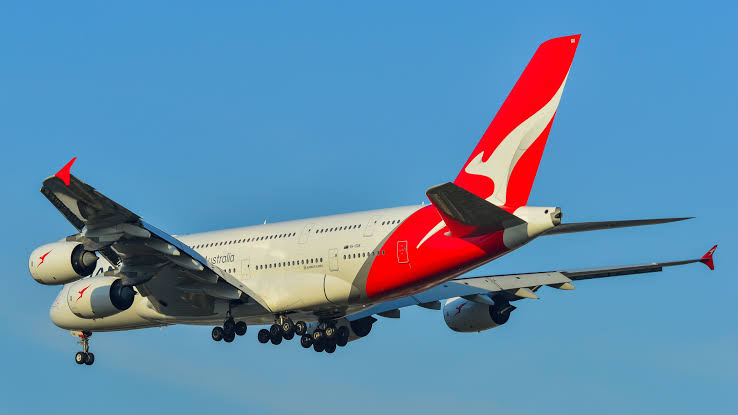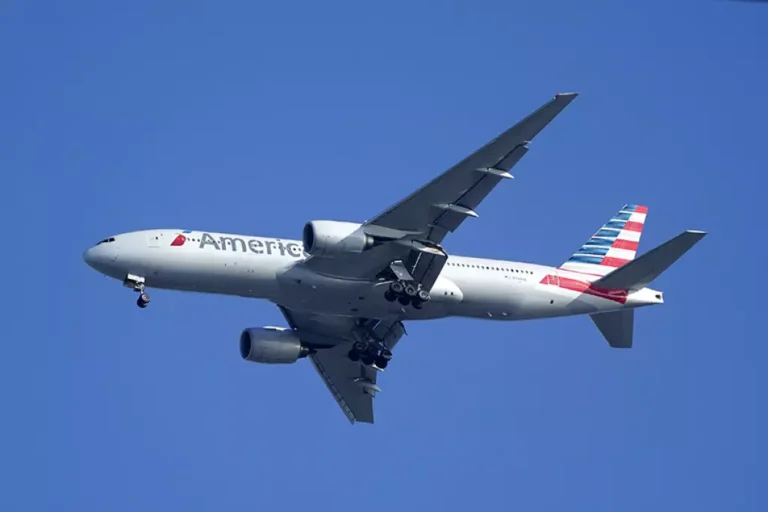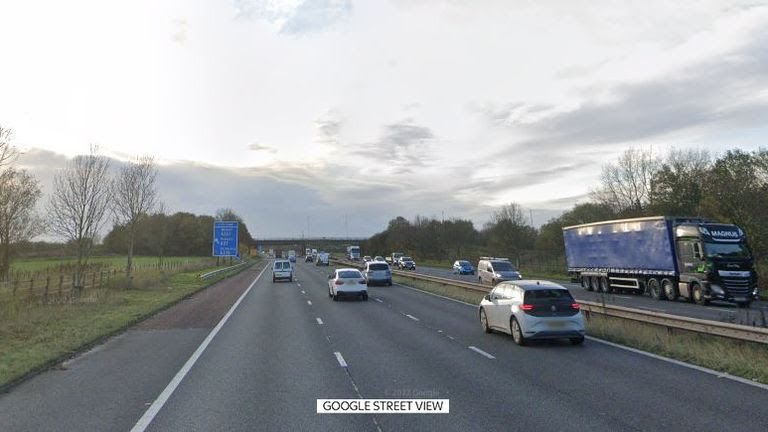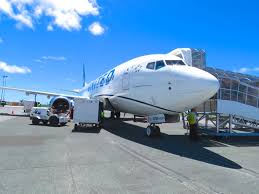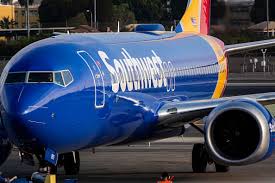Mid-Air Scare: Qantas Flight Diverted After Smoke Fills Cabin
A Qantas domestic flight was dramatically diverted mid-air after smoke began filling the cabin, sparking panic among passengers and prompting an emergency landing. The incident, which occurred on Monday, has raised serious questions about aircraft safety protocols and mechanical reliability, though authorities stress that the crew’s swift response prevented a potential disaster.
Sudden Turn of Events
Flight QF752, a Boeing 737-800 operating a scheduled service from Melbourne to Perth, took off shortly after 10:30 AM AEST with 152 passengers and six crew members on board. The flight was progressing normally for the first hour when, according to multiple passenger accounts, a strange odor followed by visible smoke began seeping through the cabin’s ventilation system.
“We were about halfway into the flight when I smelled something burning—kind of like an electrical fire,” said passenger Olivia Marsh, a frequent flyer on the route. “Then the smoke became visible, and people started coughing and covering their faces.”
The smoke reportedly intensified quickly, causing alarm among passengers. Flight attendants moved swiftly to distribute oxygen masks and reassure travelers. Many described the mood as tense but not chaotic, crediting the cabin crew with keeping the situation under control.
Emergency Response
Within minutes of the smoke appearing, the flight crew declared a mid-air emergency and diverted the aircraft to Adelaide Airport, the nearest suitable landing location. The plane touched down safely around 12:05 PM local time, where it was met on the tarmac by emergency vehicles, including fire crews, paramedics, and federal police.
In a statement released by Qantas shortly after the incident, the airline confirmed the diversion was due to “a technical issue that caused smoke to enter the cabin.” The airline emphasized that all passengers and crew disembarked safely and that no injuries were reported.
“Our pilots and cabin crew handled the situation with professionalism and calm,” the statement read. “The aircraft landed without further incident, and we are now working closely with aviation safety regulators to determine the cause.”
Passenger Reactions
Despite the lack of injuries, the experience left many passengers shaken.
“I honestly thought we were in serious trouble,” said James O’Leary, who was traveling to Perth for a business conference. “You hear about these things happening in the news, but when you’re actually on a plane and see smoke, your mind goes to the worst-case scenario.”
Others praised the airline’s handling of the situation.
“I’ve never seen a more composed cabin crew,” said Alicia Wong, a teacher returning from vacation. “They stayed calm, gave clear instructions, and kept checking on people. It made a terrifying situation a lot more manageable.”
Investigation Underway
The Australian Transport Safety Bureau (ATSB) has launched an investigation into the incident. Preliminary assessments suggest that an electrical fault or malfunctioning air-conditioning unit may have caused the smoke, but officials have not ruled out other possibilities.
An ATSB spokesperson confirmed that flight data recorders and cockpit voice recordings have been secured for analysis. Maintenance logs for the aircraft are also under review, and interviews with the flight crew are expected in the coming days.
“Passenger safety is paramount,” the spokesperson said. “Our investigation will focus on identifying the root cause and recommending any necessary changes to prevent similar occurrences in the future.”
Aircraft Grounded for Inspection
The Boeing 737 involved in the incident has been temporarily removed from service pending a full technical inspection. According to Qantas, the aircraft last underwent routine maintenance less than two weeks ago and had shown no signs of mechanical issues prior to the flight.
Aviation experts say that while smoke in the cabin is rare, it can result from a variety of causes—ranging from overheated electronics to oil leaks in engine components. What makes this case particularly concerning is the sudden onset of the smoke and its volume, which several passengers described as “thick enough to obscure visibility in parts of the cabin.”
“This isn’t just about a faulty fan or light fixture,” said aviation analyst Greg Whitman. “When smoke enters the passenger area in sufficient quantity, it can impair visibility and breathing, increasing the risk of panic or even injury. The crew’s rapid reaction likely made all the difference.”
Flight Disruptions and Compensation
As a result of the emergency diversion, Flight QF752 was canceled, and affected passengers were either rebooked on alternative services or provided overnight accommodation in Adelaide. Qantas has apologized for the inconvenience and offered travel vouchers to affected passengers, in addition to exploring reimbursement options for missed connections or hotel stays.
“We understand how distressing this experience was and are committed to supporting our customers,” a Qantas representative said.
Some travelers expressed frustration over the delay but acknowledged that safety came first.
“I missed an important meeting, but I’m just glad we’re all okay,” said one passenger. “You can always reschedule a meeting—you can’t replace a life.”
Industry Response
The incident has drawn attention from other carriers and aviation watchdog groups, particularly because Qantas is widely regarded as one of the safest airlines in the world. The airline has a long-standing reputation for rigorous safety protocols and has not experienced a fatal crash since the jet age began.
“This is a stark reminder that even the most reliable systems can face challenges,” said Sarah Tindall, director of the Aviation Safety Institute. “It underscores the importance of crew training, maintenance standards, and having contingency plans.”
While such incidents are statistically rare, they’re not unheard of. Globally, several commercial flights each year are diverted due to smoke or suspected fire onboard. In most cases, early detection systems and trained personnel prevent these situations from escalating into full-blown emergencies.
Moving Forward
For now, Qantas is working closely with the ATSB and the Civil Aviation Safety Authority (CASA) to review internal protocols and maintenance procedures. The airline says it will await the outcome of the investigation before making any broad operational changes but remains committed to “learning from every incident.”
The ATSB is expected to release a preliminary report within the next 30 days, with a full report to follow later this year.
Conclusion
While no injuries were reported in the Qantas flight scare, the event served as a sobering reminder of the inherent risks of air travel and the critical importance of preparedness. Passengers praised the professionalism of the crew, aviation authorities have acted quickly to investigate, and the airline has pledged transparency moving forward.
As the investigation unfolds, travelers are being reassured that air travel remains statistically one of the safest forms of transportation—but that constant vigilance, training, and oversight remain essential to keeping it that way.
